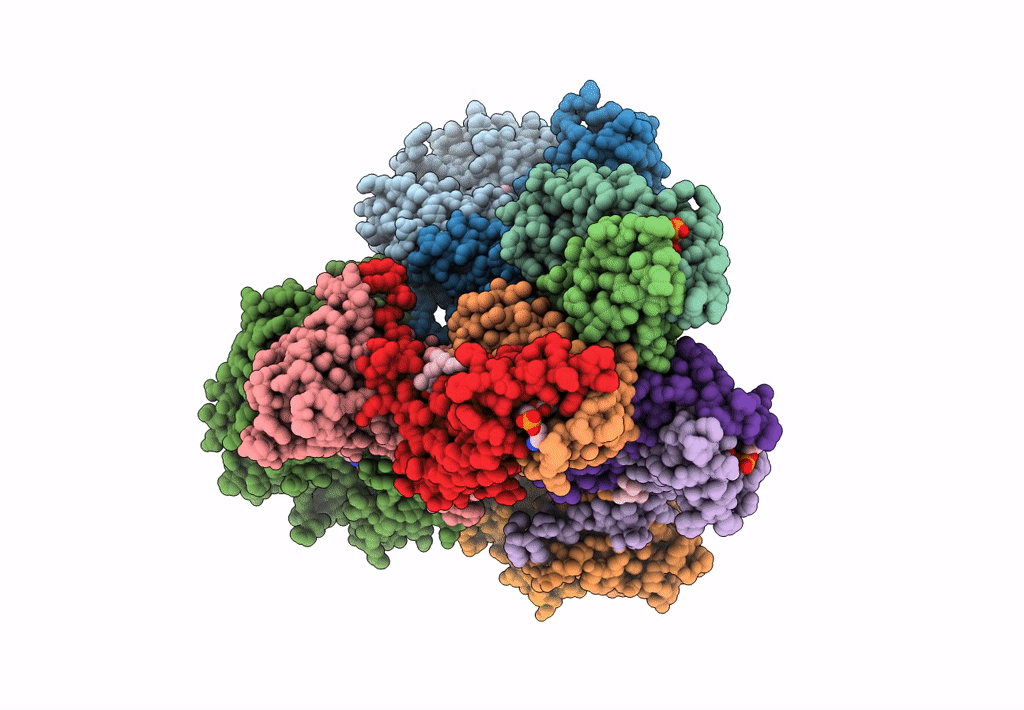
Deposition Date
2020-09-01
Release Date
2021-01-20
Last Version Date
2024-03-06
Entry Detail
PDB ID:
7JZ2
Keywords:
Title:
Succinate: quinone oxidoreductase SQR from E.coli K12
Biological Source:
Source Organism:
Escherichia coli (Taxon ID: 83333)
Method Details:
Experimental Method:
Resolution:
2.50 Å
Aggregation State:
PARTICLE
Reconstruction Method:
SINGLE PARTICLE


